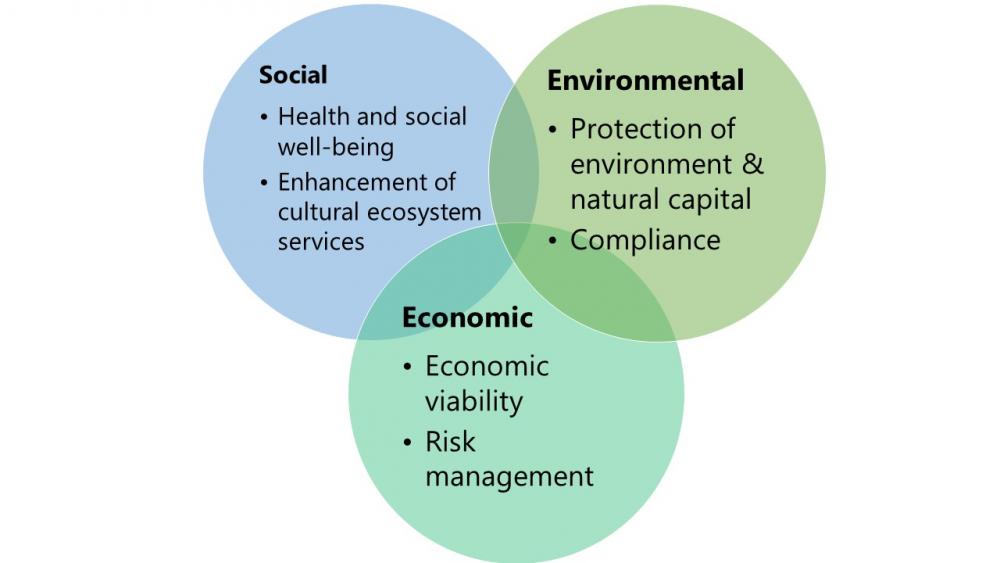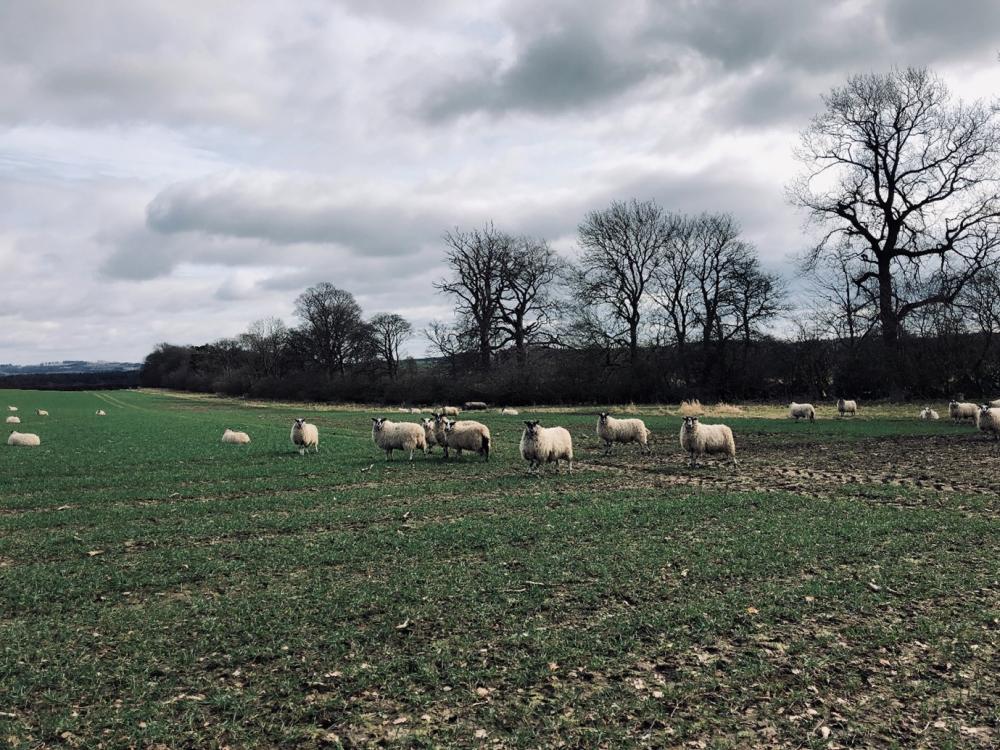Feeding our growing world population without further adverse environmental impacts remains one of farming’s biggest challenges. Farmers are now expected to deliver much more than simply food. Storing Carbon, conserving biodiversity and mitigating floods are amongst the multitude of wider benefits that we now expect from our farmland.
Delivering these multiple benefits whilst staying financially afloat, however, can be tricky. Farmers throughout the UK are rising to this challenge, and regenerative agriculture is the new buzz word. Taking a holistic approach to farm management, regenerative agriculture focusses on restoring soil health and biodiversity to strengthen the ecosystem processes that underpin production - such as water, carbon and nitrogen cycles, pollination and natural pest control.
The climate crisis, in particular, has seen our livestock industry face increasing criticism. Under challenging economic conditions, livestock farmers face pressure to farm sustainably and to use resources more efficiently, putting further strain on the family unit. But I must reiterate, despite these pressures, farmers are rising to the challenge. My Twitter feed is full of innovative livestock farmers trialling new practices targeted to increase the resilience and sustainability of their systems: mob grazing, agroforestry, multispecies swards, integrating livestock into arable rotations. The farming community is experimenting, learning, adapting and, perhaps most importantly, sharing their findings - not just their successes but also their failures.
It can, however, be difficult to comprehensively determine all the outcomes of management change. Yield, or more importantly, profit margin, is a measure that most of us are used to, but what about the hidden benefits, or indeed costs? Has the soil’s capacity to store carbon and water improved? What are the impacts on our pollinators or indeed the multitude of soil invertebrates that are fundamental to nutrient recycling? What about the impacts on workload, the family unit? Clearly, to accurately evaluate management change, robust user-friendly metrics are needed. Such metrics should enable us to benchmark farm performance with respect to the three pillars of sustainability - economic, social, and environmental. This triple bottom line approach is growing in popularity and has been adopted by some of the world's biggest companies including Unilever, DHL and Patagonia.

The Triple bottom line approach to evaluating farm business performance with respect to the three pillars of sustainability
To try and capture the wide variety of practices that farmers are trialling, and to share ideas on how wider outcomes could be monitored, SRUC embarked on a SEFARI Gateway-funded project.
As a result of Covid-19, our usual avenues to engage with stakeholders were blocked. With workshops and farm visits out of the question, we established online Think Tanks. These Think Tanks not only kept everyone safe from Covid-19, but also ensured that the activities were accessible to all.
Farmers, researchers and policymakers have worked together to generate hundreds of ideas. SRUC now wishes to draw on the wealth of knowledge and expertise that exists within the livestock industry to help evaluate these ideas.
Our Management Practice Think Tank aims to identify management actions that could help grassland systems deliver the three pillars of sustainability. You can visit this board to score the actions outlined – and to learn more about the innovative management practices that grassland farmers are trialling.
Our Metrics Think Tank aims to identify a suite of user-friendly indicators to help farmers monitor and rapidly benchmark their farm’s performance with respect to social, environmental and economic outcomes. Please visit this board to evaluate which metrics you think are user-friendly and robust. Developing metrics that capture the three pillars of sustainability will help inform future agricultural policy.

Sheep grazing winter wheat at Balbirnie Home Farms, Fife
Farms are shaped by their local climate, surrounding landscape, and historic and current management. The farmer is the one person who fully understands their own farm and system. Farmer-led research is therefore essential in enabling farmers to trial new practices and evaluate and adapt them to their own system. Sharing experiences and benchmarking farm performance will help to ensure that our livestock industry continues to face future challenges head-on.
